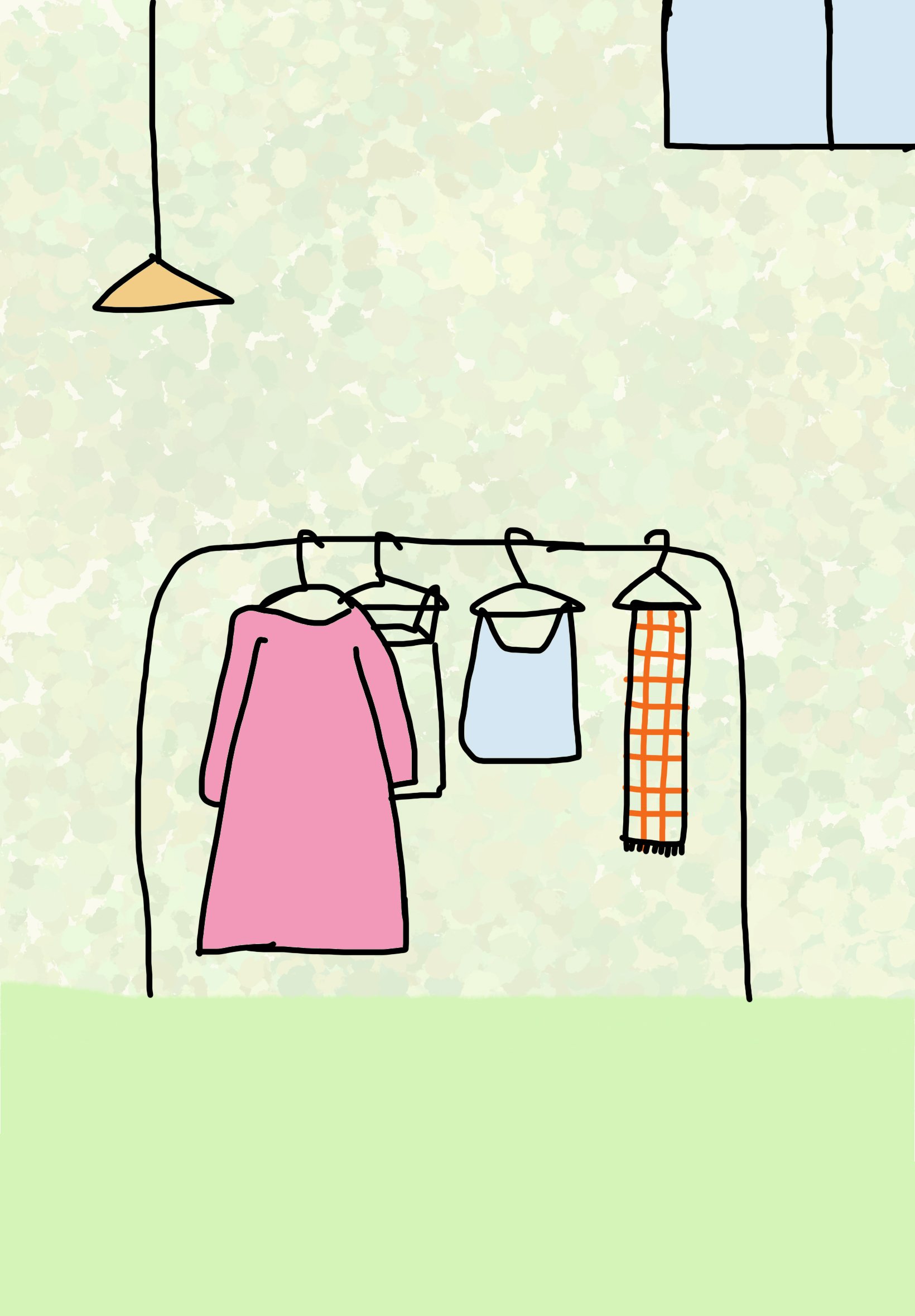The Tailor
In a quiet town nestled between rolling hills, a community of tailors worked tirelessly to create the perfect outfits for the residents. These tailors worked in a market known for perfect competition; none of them stood out, and every suit or dress they made was remarkably similar in quality and price.
Kaira, one of these tailors, ran a small shop where she tailored clothes alongside the others. She, like her fellow tailors, was a "price taker" in this crowded market. She couldn't raise her prices no matter how good her needle skills were. The market had already established the price, which was determined by the equilibrium of supply and demand. Customers would simply walk next door if they found a slightly lower offer, requiring all tailors to sell their garments at the same price.
Every morning, Kaira opened her shop, knowing that the market's collective forces would determine how much she could sell. She noticed that when there were too many clothes in stock and fewer customers, the price of garments fell. On the other hand, if the town's residents suddenly demanded more clothes—perhaps for an upcoming wedding—the price would rise, and every tailor, including Riya, would work overtime to meet the increased demand.
In the short term, kaira had fixed costs. She had to pay rent for her shop, and the prices of fabrics and sewing supplies remained constant. Even if she didn't sell a single garment, these costs weighed heavily on her, so she had to keep working to ensure she could cover her expenses. Kaira was aware that if the price of clothing fell too low, she would be unable to continue, but as long as she could cover her costs and make a small profit, she continued to sew.
Some months were good. Kaira made what they called "supernormal profits," particularly during the holiday season, when everyone wanted new clothes. Her shop was bustling with activity, and she made more money than she had anticipated. However, other tailors noticed the increased demand and rushed to open new shops or expand their existing ones. The market flooded with new clothes, and prices returned to normal. Kaira's profits, like those of every other tailor, returned to normal, and the thrill of additional income faded quickly.
Over time, the market became more stable. Some tailors left town because they couldn't compete or afford to run their businesses. But Kaira, like the other tailors who remained, fell into a routine of earning "normal profits." Nobody could make extraordinary profits, but no one suffered significant losses either. The market had reached its long-term equilibrium, in which supply and demand were perfectly balanced and everyone produced just enough to meet the town's needs.
Kaira no longer pursued the idea of making large profits. Instead, she took comfort in the rhythm of her profession, knowing that the market would continually bring her back into balance. She continued to make beautiful garments for her devoted customers, knowing that while she was unable to influence the market's price, she could control the quality of what she created. In this world of perfect competition,
where each modifier played a minor but significant role, Kaira had found her niche, stitching each piece with care and in harmony with the market that shaped her business.
